As you can probably guess, I love Portland. More than that, I firmly believe that, as a community, Portland does more things right than it does wrong. No city is perfect, though, the Rose City included. Here are five big mistakes that we have made as a community in the past.
1. Marquam Bridge
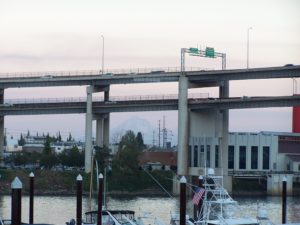 The Marquam Bridge is almost certainly the first thing to come to mind if you ask a Portlandian which eyesore they would most like to see destroyed. It is such a blight on the landscape that the Portland Art Commission wrote a formal protest, resulting in a consultation on Portland’s next major freeway crossing, the Fremont Bridge (which is beautiful but way more expensive). The main span itself is somewhat unfairly maligned, as it is a very economical structure, and not overly oppressive. The issue, though, is the approach ramps to the bridge, particularly on the east side of the Willamette. The ugly, concrete ramps, stretching over a half-mile from the main span itself, obliterate the view of Mt. Hood from downtown and Waterfront Park. The result is a hideous tangle of concrete on either side of the river that should never have been built.
The Marquam Bridge is almost certainly the first thing to come to mind if you ask a Portlandian which eyesore they would most like to see destroyed. It is such a blight on the landscape that the Portland Art Commission wrote a formal protest, resulting in a consultation on Portland’s next major freeway crossing, the Fremont Bridge (which is beautiful but way more expensive). The main span itself is somewhat unfairly maligned, as it is a very economical structure, and not overly oppressive. The issue, though, is the approach ramps to the bridge, particularly on the east side of the Willamette. The ugly, concrete ramps, stretching over a half-mile from the main span itself, obliterate the view of Mt. Hood from downtown and Waterfront Park. The result is a hideous tangle of concrete on either side of the river that should never have been built.
2. Demolition of the Portland Hotel
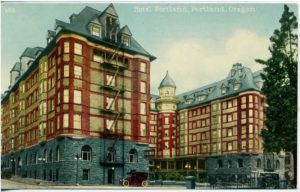 Most everyone loves Pioneer Courthouse Square. It gives downtown a vibrant center and is constantly hosting a gathering of one type or another. And few people would argue that it isn’t a vast improvement over the parking garage it replaced. What many people don’t know, however, is that the parking garage only existed in the first place because Portlandians allowed a beautiful landmark to be destroyed. Built in 1890, the 8-story Portland Hotel was the hotel in the early 20th century, until its luster began to fade mid-century. The owners of Meier and Frank (Portland’s venerable downtown department store) bought the property and demolished it, building a two-story parking garage in it’s place.
Most everyone loves Pioneer Courthouse Square. It gives downtown a vibrant center and is constantly hosting a gathering of one type or another. And few people would argue that it isn’t a vast improvement over the parking garage it replaced. What many people don’t know, however, is that the parking garage only existed in the first place because Portlandians allowed a beautiful landmark to be destroyed. Built in 1890, the 8-story Portland Hotel was the hotel in the early 20th century, until its luster began to fade mid-century. The owners of Meier and Frank (Portland’s venerable downtown department store) bought the property and demolished it, building a two-story parking garage in it’s place.
3. Losing the Portland Beavers
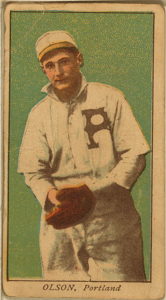 I have no problem with the Portland Timbers…I’d probably even be a fan if they weren’t owned by Merritt Paulson, and thus intricately linked to the demise of the Portland Beavers. But they are, and I can’t bring myself to respect the owner of a sports team who buys into a franchise with over one hundred years of history in a town, and then sells them out to attempt to make more money in a totally different sport. It tells me that Paulson isn’t a fan of baseball (or soccer, for that matter), but money.
I have no problem with the Portland Timbers…I’d probably even be a fan if they weren’t owned by Merritt Paulson, and thus intricately linked to the demise of the Portland Beavers. But they are, and I can’t bring myself to respect the owner of a sports team who buys into a franchise with over one hundred years of history in a town, and then sells them out to attempt to make more money in a totally different sport. It tells me that Paulson isn’t a fan of baseball (or soccer, for that matter), but money.
Granted, Portland has been without the Beavers before, but aren’t we supposed to learn from the past? Most Portlandians have an appreciation for history, and the Portland Beavers playing baseball downtown is history at its best…the only thing better would be seeing the Beavers playing in the Major Leagues someday.
4. Lost chances on the Oregon Coast
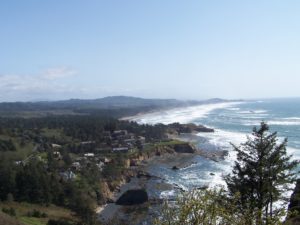 Strictly speaking, this falls on all Oregonians, but since the majority live in Portland, I have to place most of the blame here at home. As outlined in the excellent book Grasping Wastrels vs. Beaches Forever Inc. by Matt Love, the landmark “Beach Bill” that kept all of Oregon’s beaches accessible to the public was only the tip of the iceberg. Three separate times (in 1936, 1940 and 1968), Oregon had the chance to secure huge tracts of land on the Oregon coast for preservation and blew it. The first plan, in 1936, was cooked up by Samuel Boardman, the first Oregon State Parks Supervisor and namesake of a prominent state park on the coast. His audacious plan was to spend roughly $500,000 to buy up as many parcels of land between Highway 101 and the coastline as possible. During this time, most of the land parcels were of poor quality for farming or home-building (and we were in the middle of the Great Depression), so the owners were likely to take what they could get from the government for their plots of land. It didn’t happen. In 1940, Boardman had another plan, this one possibly even more audacious. He wanted to turn most of Curry County’s remote coastline into a national park to rival Redwood NP to the south and Olympic NP to the north. Again, he was unsuccessful.
Strictly speaking, this falls on all Oregonians, but since the majority live in Portland, I have to place most of the blame here at home. As outlined in the excellent book Grasping Wastrels vs. Beaches Forever Inc. by Matt Love, the landmark “Beach Bill” that kept all of Oregon’s beaches accessible to the public was only the tip of the iceberg. Three separate times (in 1936, 1940 and 1968), Oregon had the chance to secure huge tracts of land on the Oregon coast for preservation and blew it. The first plan, in 1936, was cooked up by Samuel Boardman, the first Oregon State Parks Supervisor and namesake of a prominent state park on the coast. His audacious plan was to spend roughly $500,000 to buy up as many parcels of land between Highway 101 and the coastline as possible. During this time, most of the land parcels were of poor quality for farming or home-building (and we were in the middle of the Great Depression), so the owners were likely to take what they could get from the government for their plots of land. It didn’t happen. In 1940, Boardman had another plan, this one possibly even more audacious. He wanted to turn most of Curry County’s remote coastline into a national park to rival Redwood NP to the south and Olympic NP to the north. Again, he was unsuccessful.
Finally, in 1968 (not long after the “Beach Bill” passed), a potential amendment to the Oregon constitution appeared on the ballot. This amendment would have raised the gas tax one-cent per gallon for three years to fund an initiative to purchase public beach access points and easements where private ownership made access difficult. The public was in support of the amendment (by some estimates over 85% supported it at one time) until the large oil companies came in and mounted a massive campaign against the amendment. This money was the only funding that came in against the amendment, all of it from outside Oregon, but the public was swayed and the amendment failed.
5. The Continuous Park Blocks
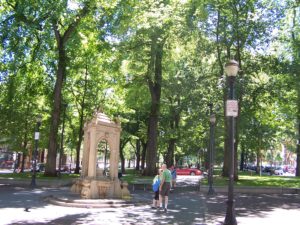 One of Portland’s outstanding features are the Park Blocks, a narrow strip of parkland that runs, almost continuously, through the heart of downtown. As you might expect, planning for parks in the middle of a downtown area has to happen early, and the Park Blocks were plotted very early indeed. Only three years after Portland was platted in 1845, Daniel Lownsdale purchased land to the south and west of the original city plots. He created 11 narrow blocks and dedicated them to the city in 1852. However, they weren’t owned by the city, and after Lownsdale’s death, his estate argued that the central section of the blocks weren’t required to be parks. Long story short, six of the blocks were lost to private parties, and subsequent efforts to re-acquire the land failed. Since 1973, two of the blocks have been re-acquired, but don’t fit into the continuity of the original Park Blocks, since they have been built up and industrialized in the intervening years.
One of Portland’s outstanding features are the Park Blocks, a narrow strip of parkland that runs, almost continuously, through the heart of downtown. As you might expect, planning for parks in the middle of a downtown area has to happen early, and the Park Blocks were plotted very early indeed. Only three years after Portland was platted in 1845, Daniel Lownsdale purchased land to the south and west of the original city plots. He created 11 narrow blocks and dedicated them to the city in 1852. However, they weren’t owned by the city, and after Lownsdale’s death, his estate argued that the central section of the blocks weren’t required to be parks. Long story short, six of the blocks were lost to private parties, and subsequent efforts to re-acquire the land failed. Since 1973, two of the blocks have been re-acquired, but don’t fit into the continuity of the original Park Blocks, since they have been built up and industrialized in the intervening years.
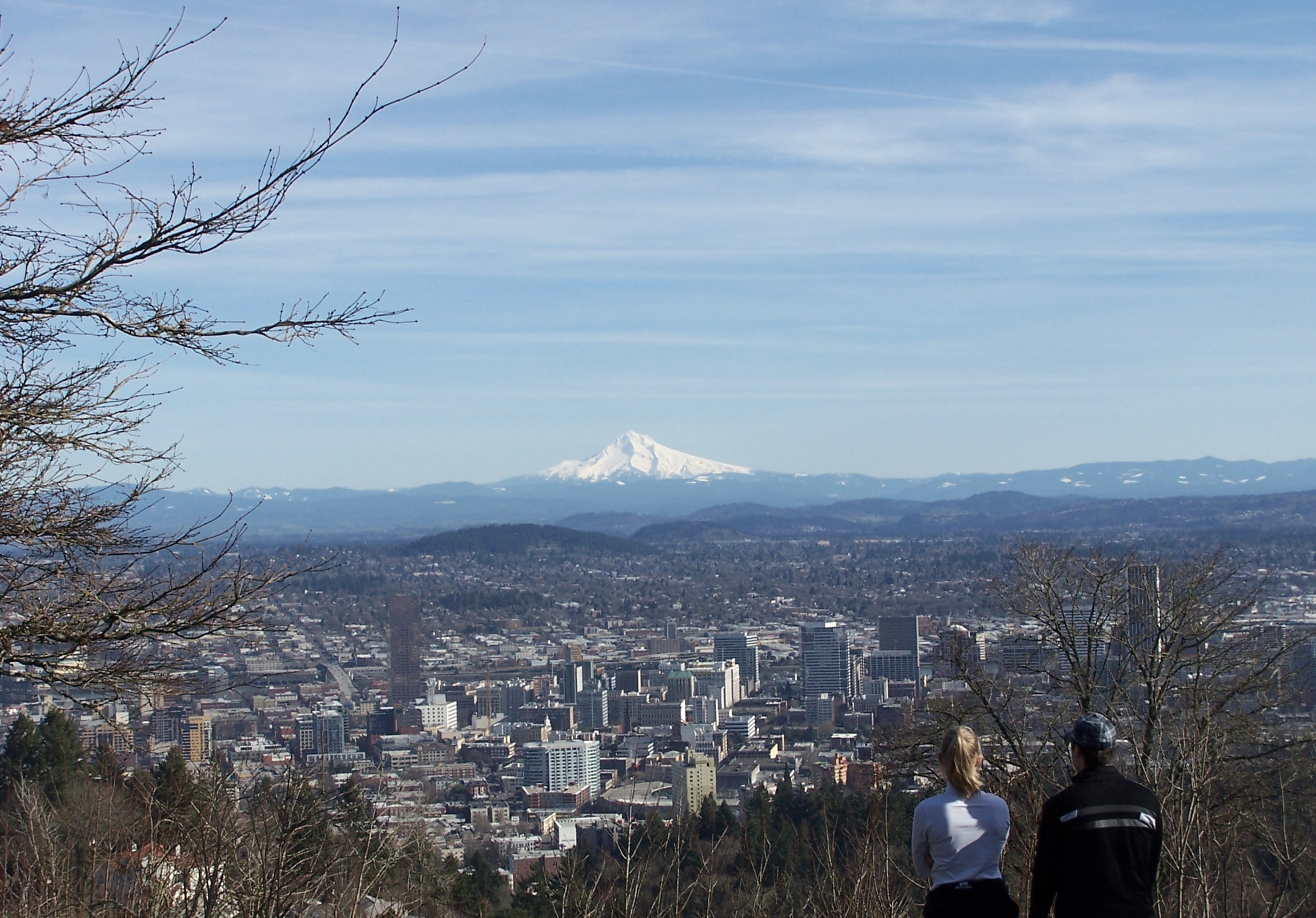
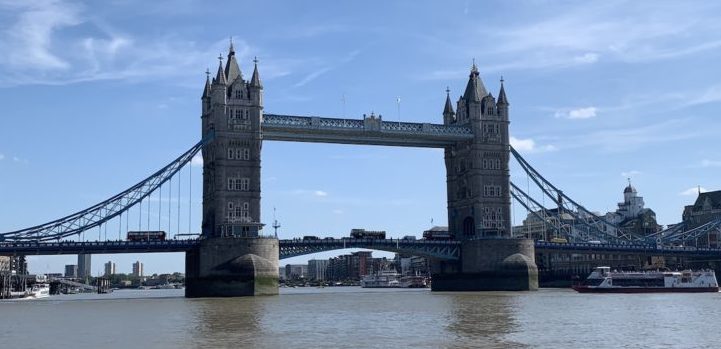
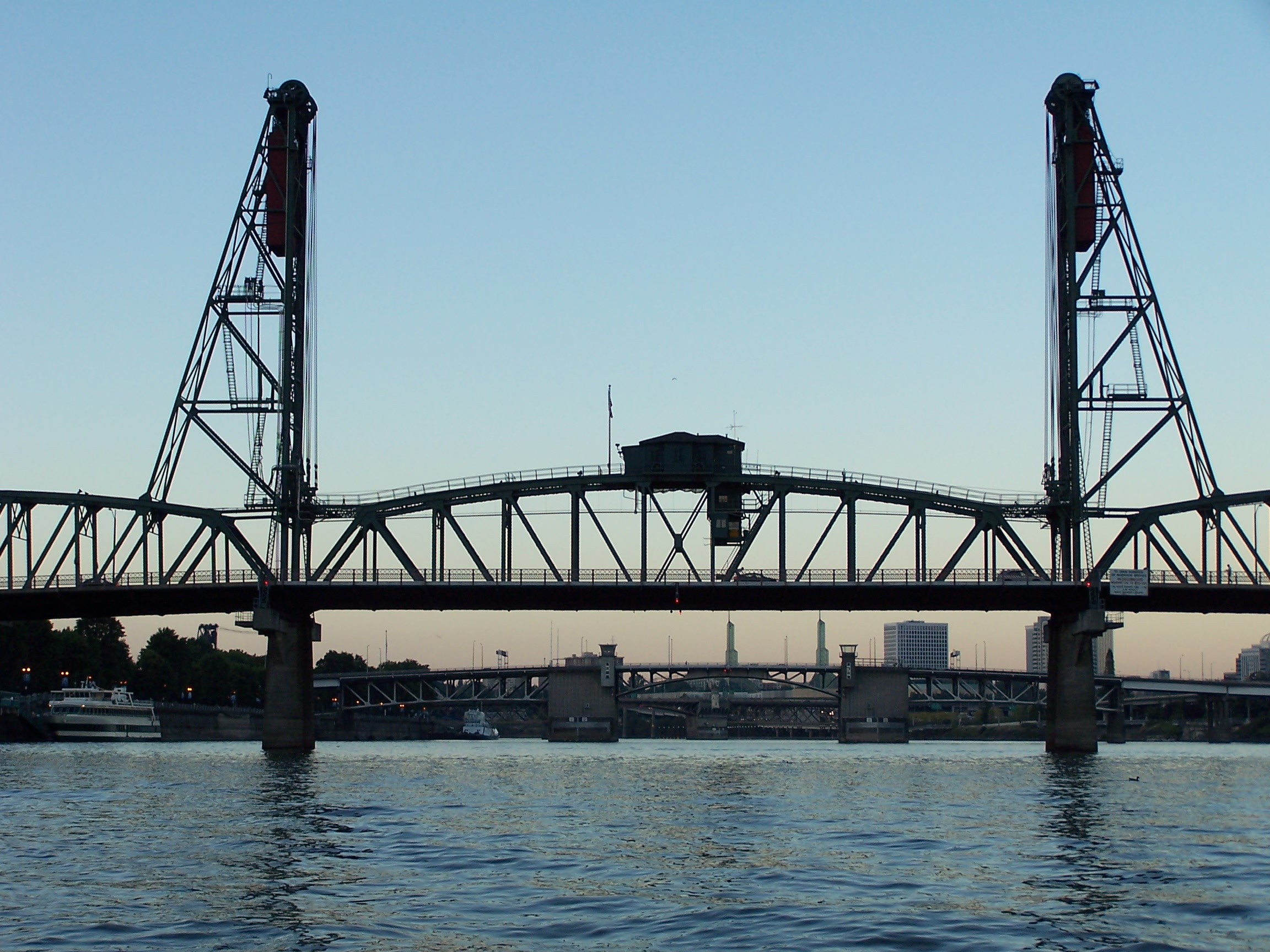
And don’t forget the removal of Meyer and Frank *If I spelled that right* as we used to shop there as it was family oriented.
The malls at that time were all into *punk* clothing in a gang like way to attract the young Liberal crowds mostly young women and punk kids who liked to *rebel* thinking they are being unique and cool not realizing 100s of other young women and boys were doing the exact same thing probably better then they were.
Meyer and Frank’s was fun going up and down the escalators and the furniture section was the best place to wait for Mom to finish shopping as it was quiet and they always let us *test* the furniture
I’ve gotten a lot of clothes as a kid at M&F we would go twice a year when they had big sales and load up the sleigh.
We got reduced parking tickets as a result so enjoyed the Smart Park system.
Oh yeah and the other cool thing was the Santa Train at Christmas but at other times of the year was very quiet place to hang out in as the doors were never locked to the conference room.
At Christmas time the train supposedly went into some kind of Santa village where it was like Small World at Disneyland but much cooler with lively Christmas displays.
I was too old to go on the train when we discovered it but I liked the idea for little children giving them something magical to look forward to each year without paying expensive tickets to a theme park.